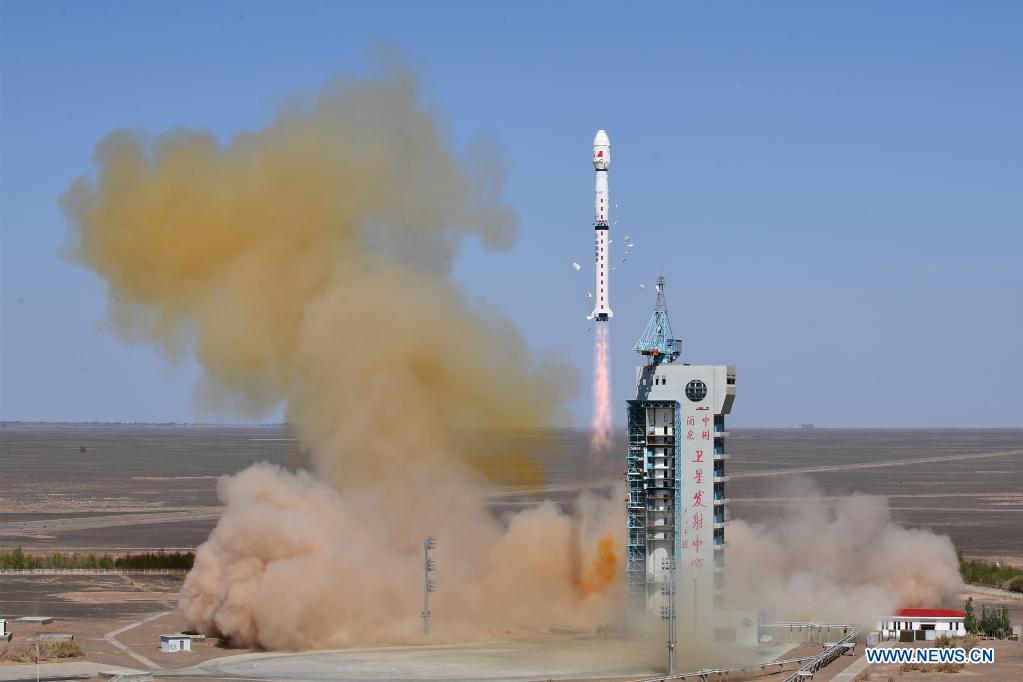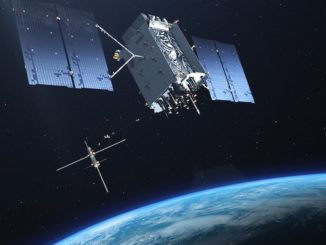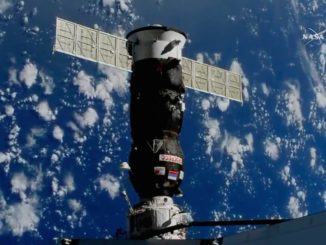
China launched an optical Earth observation satellite April 30, beginning a mission designed to provide detailed reconnaissance imagery to the Chinese military.
The Yaogan 34 spacecraft lifted off on top of a medium-class Long March 4C rocket at 3:27 a.m. EDT (0727 GMT) on Friday, April 30, according to the China Aerospace Science and Technology Corp., or CASC, the country’s leading state-owned space program contractor.
The Long March 4C rocket took off from the Jiuquan launch base in the Gobi Desert of northwestern China, carrying the Yaogan 34 satellite to an orbit around 680 miles (1,100 kilometers) in altitude.
The three-stage, liquid-fueled Long March 4C rocket flew southeast from Jiuquan, dropping its spent booster stage and payload shroud onto Chinese territory on the way into orbit. U.S. military tracking data indicated the mission deployed the Yaogan 34 spacecraft into the expected orbit with an inclination of 63.4 degrees to the equator.
China’s state-run Xinhua news agency said Yaogan 34 is an optical remote sensing satellite that “will be used for the survey of land resources, urban planning, the confirmation of land rights, road network design, crop yield estimation, and disaster prevention and reduction.”
The Earth observation craft also has a military purpose. China uses the Yaogan name as a cover for military spy satellites.
In a post-launch statement, CASC said the Yaogan 34 satellite will provide support “for the implementation of major national strategies and the modernization of national defense.”
The launch of Yaogan 34 was the 12th orbital launch attempt from China so far this year. Eleven of the missions have been successful.
Email the author.
Follow Stephen Clark on Twitter: @StephenClark1.



